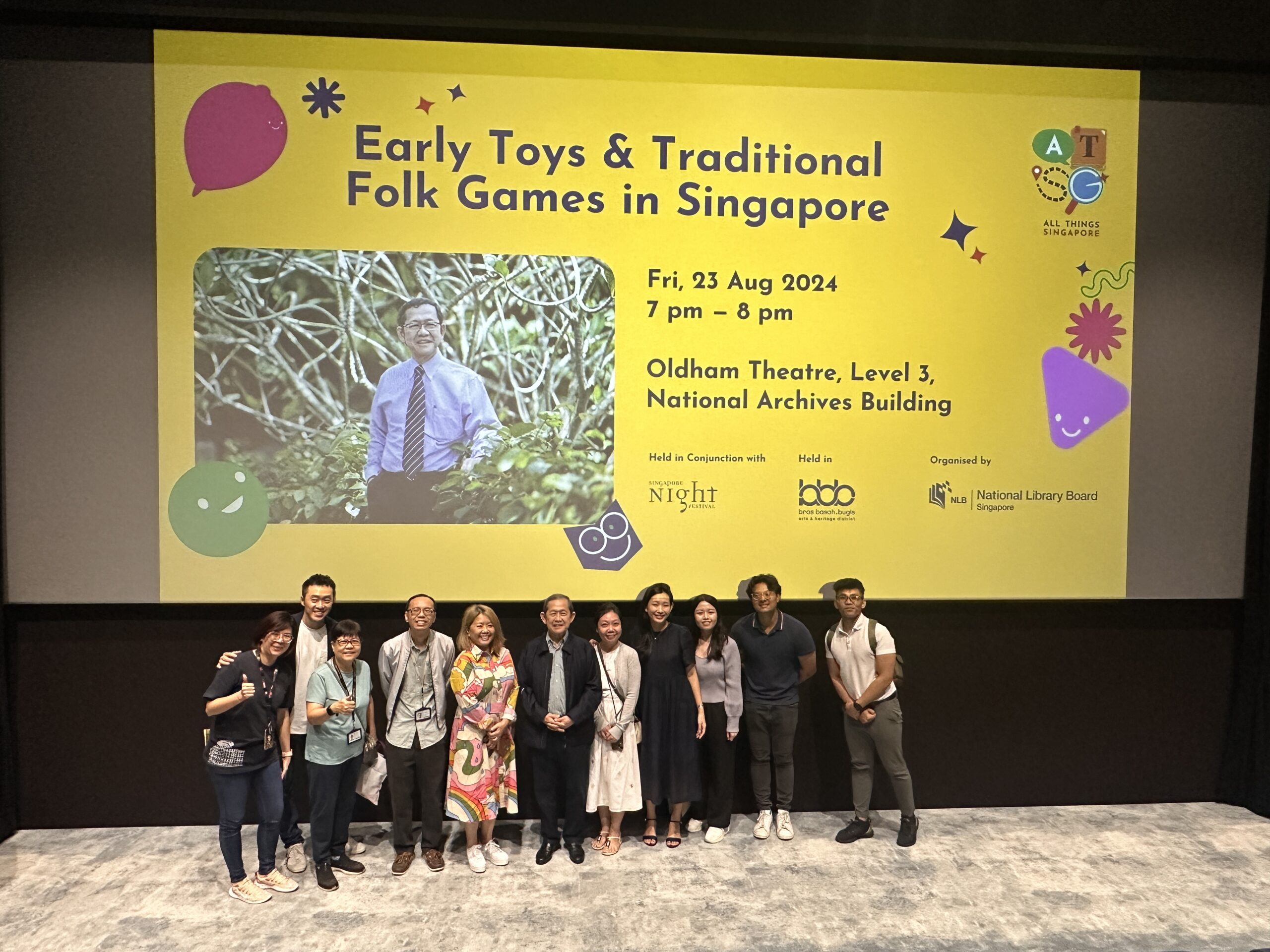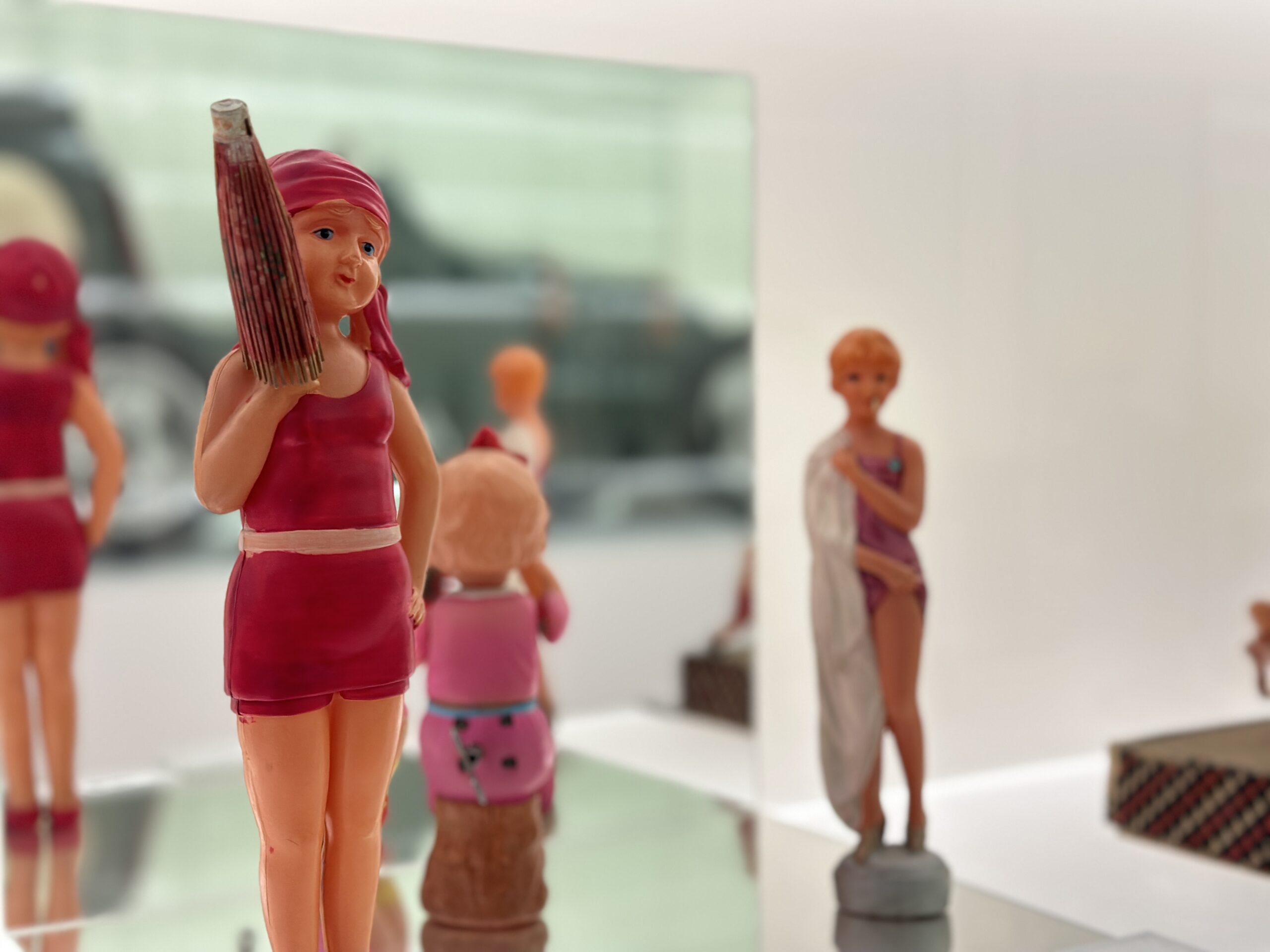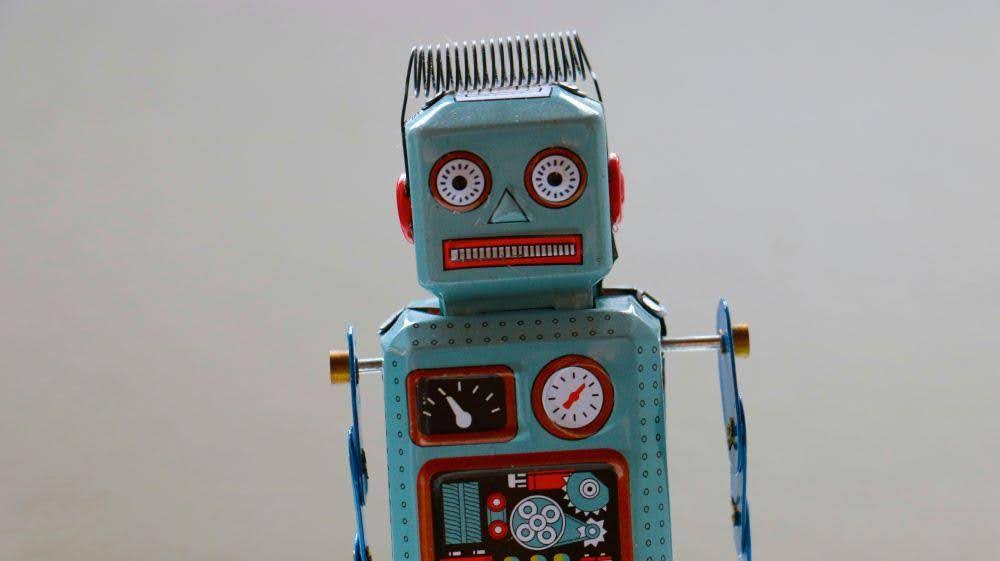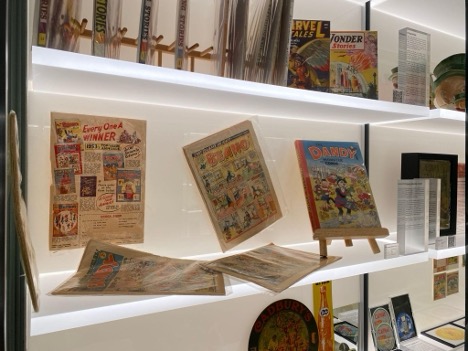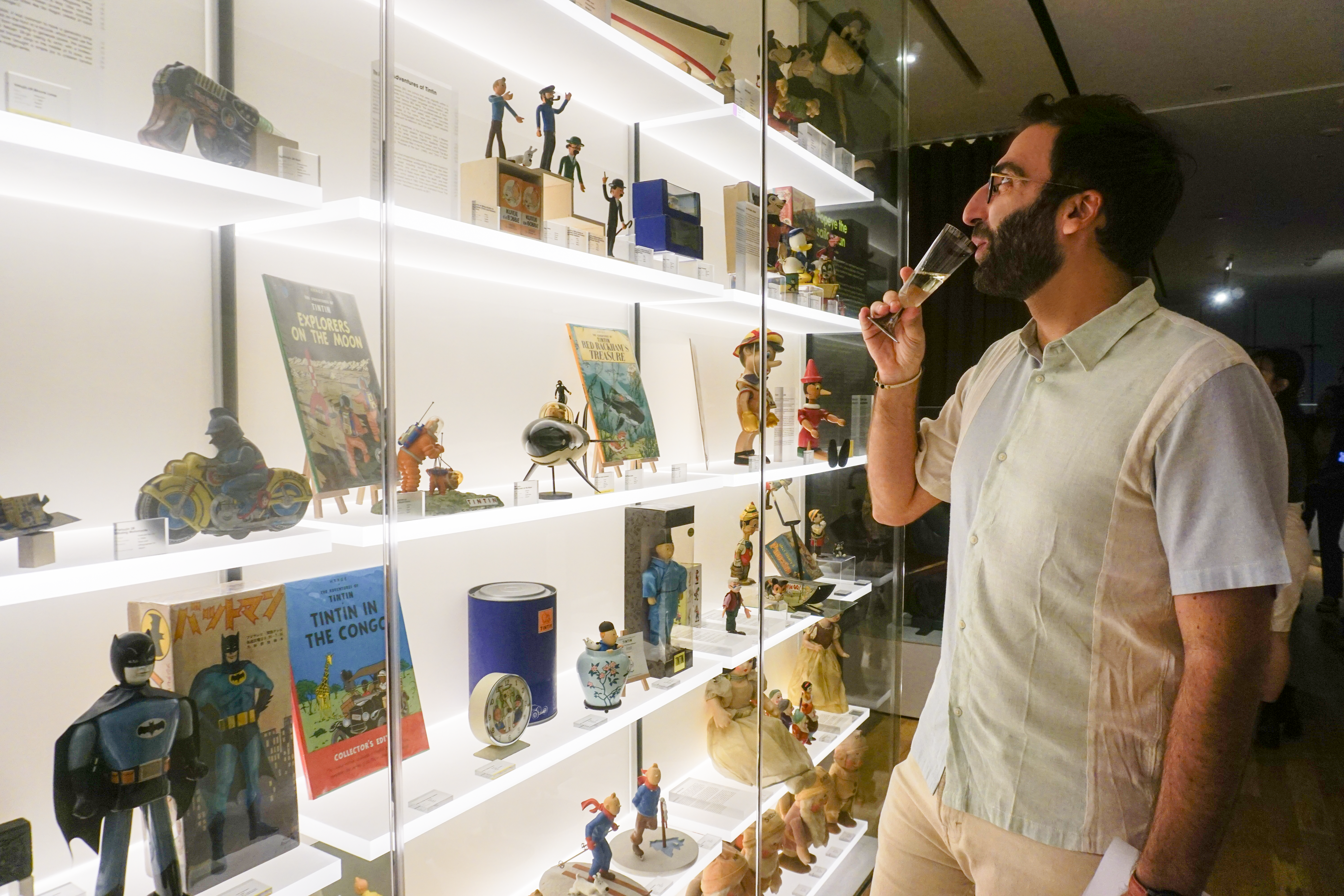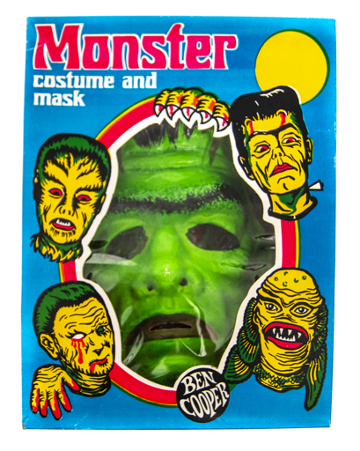The period between 1912 to 1949 in China was bookended by two of the biggest events in modern Chinese history: the overthrow of the imperial Manchu Qing Dynasty in February 1912, and the establishment of the Chinese Communist Party’s (CCP) People’s Republic of China (PRC) in 1949.
Prior to the establishment of the PRC however, China was known as the Republic of China (ROC). The Kuomintang (KMT) was the governing party and focused on being a modern Chinese republic with representative democracy on par with European governments of the time.
This focus on modernisation quickly led to massive changes to China’s political and economic outlook, day-to-day life, and social culture. Some policies adopted during this time included forbidding practices such as footbinding that were seen as old or outdated, increasing literacy rates, promoting traditional Confucian values, and rejecting Western capitalistic values.
Join us as we explore some of the Door of Hope dolls in the MINT Museum of Toys’ collection, and see what they can tell us about Republican China:
What are the Door of Hope Dolls?
Amidst the backdrop of unrest, upheaval, and turbulent change in the late Qing Dynasty and subsequent Republican China era, the Door of Hope Mission was set up in Shanghai in 1901. The Mission focused on uplifting the lives of Chinese girls and children in poverty.
Alongside classes in reading, writing, math, and hygiene, girls in the Mission were also taught handicraft skills. The Door of Hope dolls were thus started as a way to both help these girls practice their sewing skills, and give them paid training for a livelihood once they left the Mission.
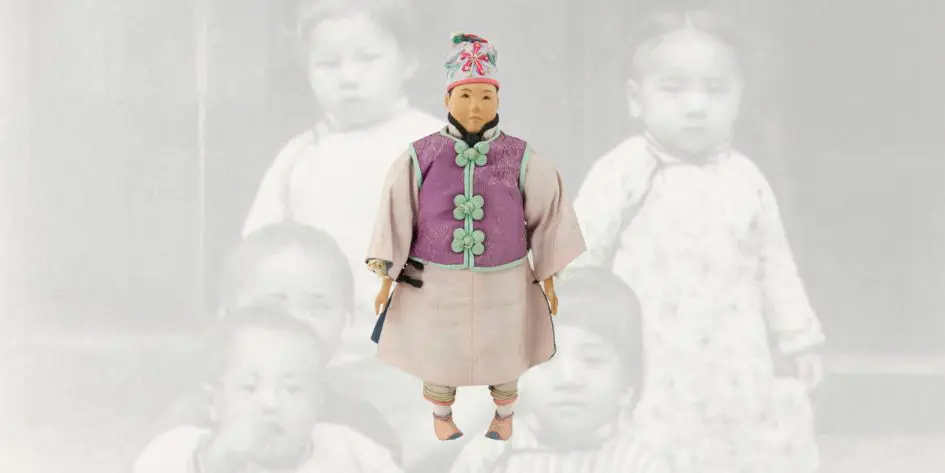
Pictured: Boy in Woven Silk
Maker: Door of Hope Mission
Year of Make: 1920s-1930s
Material: Wood and Fabric
Country of Origin: China
Each Door of Hope doll exhibits exquisite handmade craftsmanship, with about 4 laborious weeks needed to complete each one. The doll heads and bodies are carved from Chinese pear wood, and each outfit could include up to five layers of detailed clothing reflecting real-life outfits. Intricate details were also included to make each doll true to life, such as authentic white cotton underwear that was worn at the time, or brocade silk fabrics such as those found on the Boy in Woven Silk.
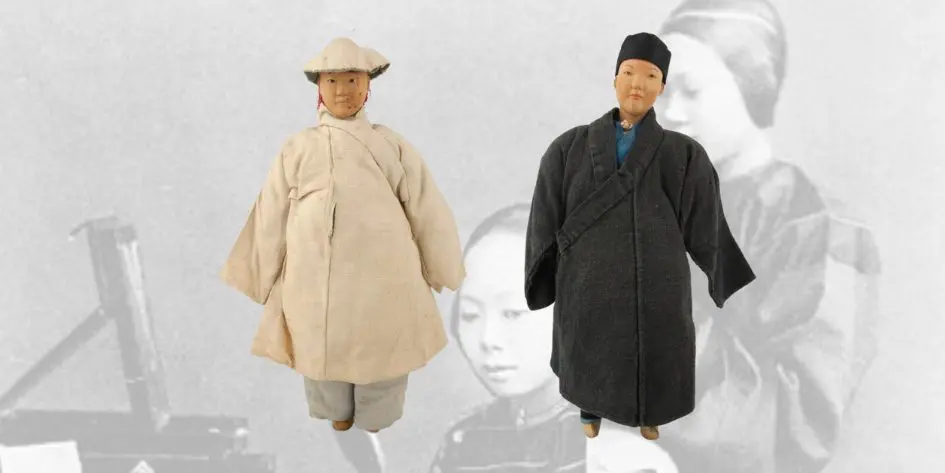
Pictured: Buddhist Priest and Nun
Maker: Door of Hope Mission
Year of Make: 1920s-1930s
Material: Wood and Fabric
Country of Origin: China
Other dolls such as the Buddhist Priest and Nun were still dressed in high quality fabrics, but in a more modest style to accurately portray the timeless asceticism of the particular profession.
Occupations, Class, and Social Mobility
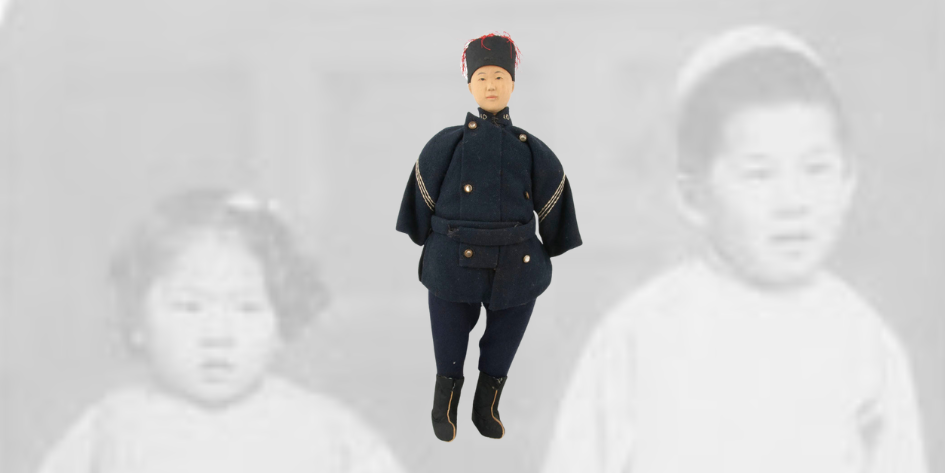
Pictured: Policeman
Maker: Door of Hope Mission
Year of Make: 1920s-1930s
Material: Wood and Fabric
Country of Origin: China
The Qing Dynasty (and much of Imperial China before it) was marked by a highly stratified social order. A focus on state-run bureaucracy allowed lower class social mobility through the Imperial Examinations; however this created a new ‘Elite’ class comprising high-ranking bureaucrats as well as existing elites whose power was left untouched.
When the monarchy was replaced by the representative government of the KMT during the Republican China era, it was seen as a new beginning for those hoping to move up in the world. Policies that encouraged literacy were implemented and new occupations such as being a Policeman with the Shanghai Municipal Police offered more options for middle-class livelihoods.
Daily Life and Changing Social Norms
Traditional Confucian values deeply informed social views on gender roles during this time. Its social structure prioritised women as homemakers and men as breadwinners, restricting the movement of upper-class women in particular regardless of their education or capabilities.
While the new Constition of Republican China did not explicitly mention gender equality, an early feminism movement now emerged with demands for suffrage and deeper involvement of women in society outside of the home.
Fashion, similar to hairstyles, changed to reflect the new progressive ideology of Republican China. Traditional and modern elements were blended together as a sign of the changing times; the one-piece qipao (or cheongsam) for example had its roots in traditional Manchu dress but became shorter, more form-fitting, and more revealing during this time as a result of influence by contemporary Western fashion.
Clothing also became an indicator of women’s struggle for freedom, with wenming xinzhuang (“civilised attire”) coming into fashion. This style was the latest variant of ancient Han Chinese clothing, and paired a cyan or blue jacket with a long dark skirt. It was simple, looser, and less restrictive than Qing Dynasty outfits – all necessary features for women venturing out into the working world.

Pictured: Young Man
Maker: Door of Hope Mission
Year of Make: 1920s-1930s
Material: Wood and Fabric
Country of Origin: China
Another notable change during this period was in men’s hairstyles. Men were required to wear their hair shaved in the front and kept in a long braid at the back; this ‘queue’ hairstyle was originally a traditional hairstyle for the Manchu people, but was quickly mandated once the Manchu Qing Dynasty came into power.
Keeping non-queue hairstyles was seen as defying the ruling Qing Dynasty, but at the same time the shaving of one’s head was seen as disrespectful to one’s parents under Confucian values. During the Republican China era many like this Young Man cut off their queues and embraced growing their hair out to symbolise the end of the monarchy, liberation from Manchu rule, and return to traditional Confucian values.
The Door of Hope dolls aren’t just decades-old vintage toys or remnants of a bygone era – they are a valuable window into the past that lets us peek into the social history of time. More Door of Hope dolls can also be seen in our Childhood Favourites toy exhibition on Level 3 of our museum, or in our Virtual Museum Tour.
The MINT Museum of Toys is kid–friendly and open to visitors of all ages, with interactive games and one-of-a-kind exhibitions on every floor. Pay our toy museum in Singapore a visit today and discover a side of times you’ve never seen before!


